
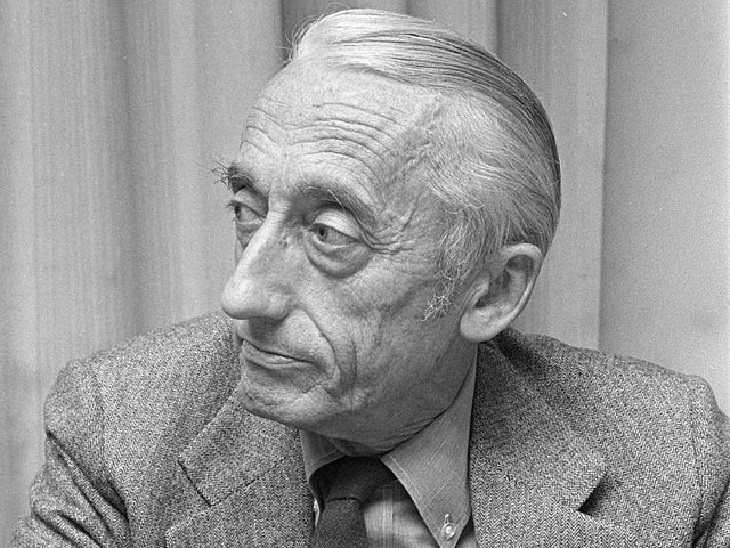
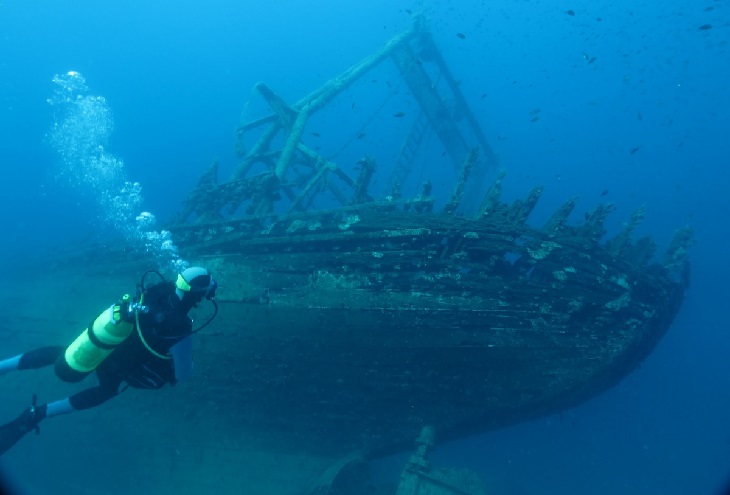
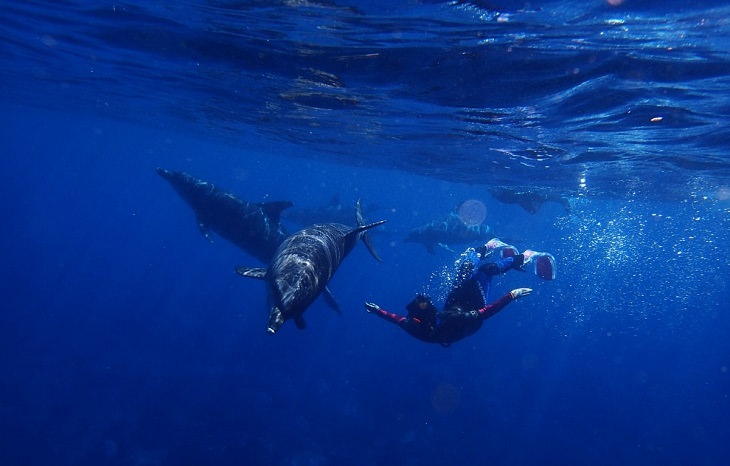
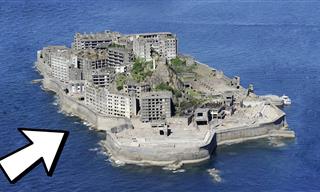 26:22
26:22
Rediscovered: The World's Most Fascinating Lost Cities
Check out these 15 lost cities that have finally been brought back into the light.

The Ultimate Guide to Traveling in Your 50s and Beyond
Here are some incredible destinations tailored for travelers over 50.
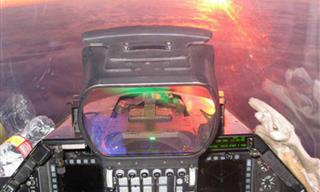
Step Inside These Rarely Seen Vehicle Cabins (14 Pics)
Take a peek inside the unseen cabins of rare vehicles.
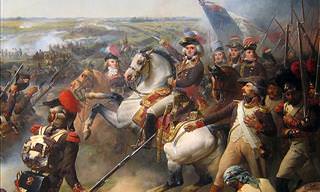
History Quiz: How Well Do You Know The French Revolution?
Think you know the basics of the French Revolution? Show us what you've got by giving this quiz your full attention!
 14:09
14:09
Epic Nature: The Beauty of Rogers Pass
Come with us to a Canadian adventure with two veteran adventurers at Rogers Pass
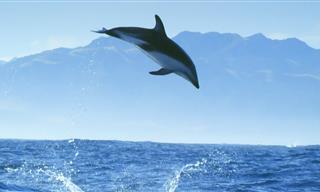 3:15
3:15
Want to Go Diving With Dolphins? Of Course You Do!
Come with us and the crew of the BBC as we dive head first into the cold, shimmering blues of the ocean, where we meet our best aquatic friends, the dolphins.
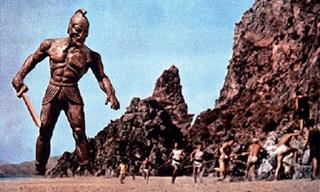
8 Must-Watch Movies for Fans of Mythology and Folklore
Mythology and folklore from around the world have inspired several films, and these are some of the best.
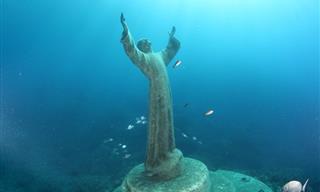
8 Mysterious Objects Found By Deep Sea Divers
The oceans are vast and mysterious, and they hide many strange and curious lost objects. Here are 8 such items, unearthed by deep-sea divers.

8 Historical Misunderstandings of the First Christmas
Some of the details that you have heard about the first Christmas are completely wrong. Here are 8 things that we bet you didn't know about the first Christmas.

These Practical Charts Will Make You More Knowledgeable
These charts, maps, and tables cover all kinds of topics - from health and geography to home design and cleaning tips. It’s a goldmine of practical knowledge!
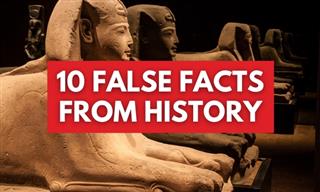
You’re Wrong About These 10 Historical “Facts”
We list 10 common beliefs about famous historical figures and places that were all wildly misconstrued - from Julius Caesar’s birth to the black ninja uniform.
 2:45
2:45
The Evolution of Wedding Cakes Over the Past Century
Like anything else, the aesthetic of weddings is subject to fashion and change. And what better way to showcase this fashion than through wedding cakes?
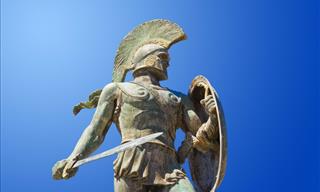
11 Legendary Military Rulers of the Ancient Past
The annals of history are rich with leaders who earned great renown for their courage and skill in battle. These illustrious kings and generals have won eternal renown due to their courage and brilliance.
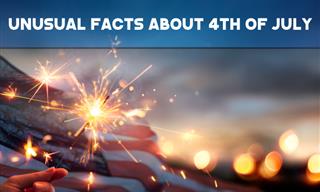
9 Unusual Facts You Probably Didn't Know About July 4
There’s still so much you don’t know about America’s Independence Day.
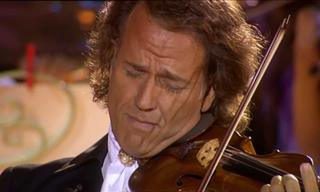 3:30
3:30
Andre Rieu's Haunting Performance: The Godfather Theme
Andre Rieu's haunting rendition of the Godfather theme will leave you speechless.
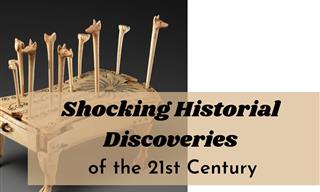
8 Shocking Historical Discoveries of the Last 20 Years
Let’s take a look at some of the most shocking historical discoveries and findings made since 2001

How We Came to Play: The Origins of Playground Games
The fun games we played in our childhood had some interesting origins.
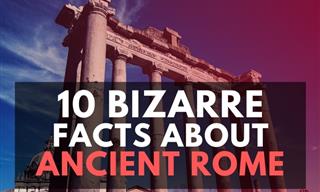
10 Truly Bizarre Facts About Life in Ancient Rome
Chances are, you would be shocked if you traveled through time and suddenly appeared in Ancient Rome, as these 10 bizarre facts surely prove.
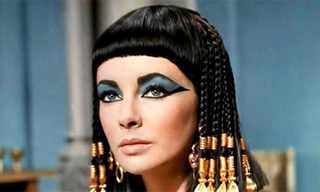
Fascinating: The Historical Facts You Never Hear About!
I never knew this, but history was quite different than what I was told. So take a peek behind the curtain at the real face of history with some shocking and insightful facts of history.
 6:35
6:35
You Won’t Believe How Good This 5-Year-Old Drummer Is!
Meet Chrisyius Whitehead, the most talented kid drummer ever!

12 Oddly Specific and Often Funny Terms You Didn’t Know
Did you know the space between your eyebrows has a name? Or what a tittle is? Learn these oddly specific and quite funny terms in this article.
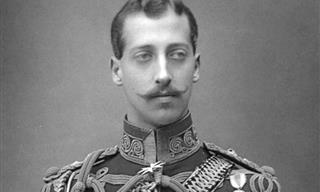
5 Strange Lesser Known Stories About the British Monarchy
Some of these lesser-known rumors about the British Royal Family are funny, some are mysterious, and some are just plain odd...
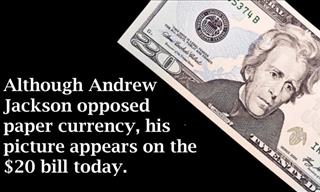
History Can Be Ironic & These 12 Stories Prove Just That...
These 12 short stories from world history are strange, tragic, but most importantly, utterly ironic...
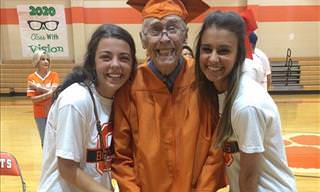
14 Senior Graduates Prove It’s Never Too Late To Learn
Here are 14 inspiring examples of people who pursued education and knowledge in their senior years.
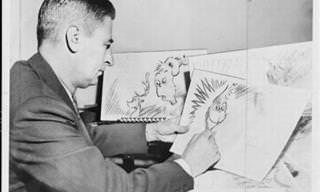
Travel History With These Amazing Photos of Yesteryear
Amazing photos reveal 150 years of history.

The 10 Cult Movies Every Film Enthusiast Should Watch
These cult classics will change how you view cinema.

These Inventors Absolutely Hate Their Creations
These 7 inventions became world famous and even world changing... yet their inventors deeply regret them.
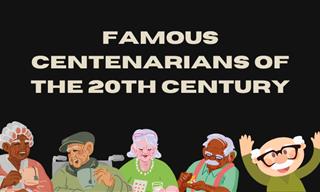
Living to 100: The Most Famous Centenarians of Our Time
Meet the famous centenarians of the 20th century.
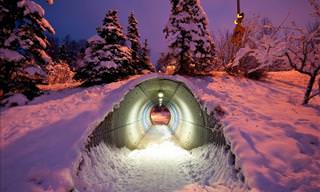
These Kind Inventions Were Made to Make Animals Happy
Every year humans build thousands of new roads, rails, airports and buildings. Many hurt the environment. But some kind people only build to help animals!

15 Common Words You Are Pronouncing WRONG
Here is a list of some of the most common English words that are generally mispronounced by a majority of us.

Let’s Learn About 7 of the Longest Words!
Did you know that the longest word to appear in literature clocks at a staggering 183 letters? Find out about more such longest words.
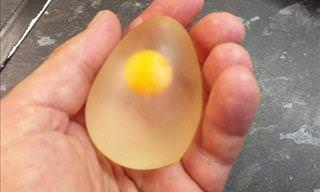
21 Fascinating Things You Never Gave Much Thought To
Take a look at 21 strange things that will change the way you see the world.
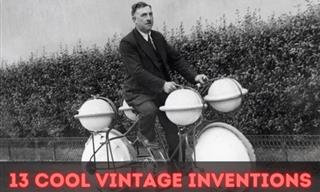
13 Quirky Vintage Inventions That Should Be Brought Back
Check out these cool and quirky vintage inventions that could be useful to many of us today!

These 3 Breakthroughs Are Making Historians Jump for Joy!
Learn about some of the most fascinating findings that archaeologists and historians have recently uncovered. Get ready to be amazed!
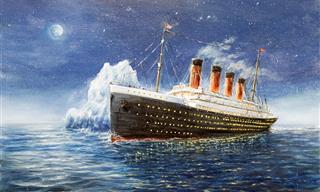
11 Surprising Things You Never Knew About the Titanic
We bet you didn’t know these surprising facts about the Titanic!

Have You Been Believing These Christmas Myths Too?
Read on for several myths about Christmas stories and traditions.
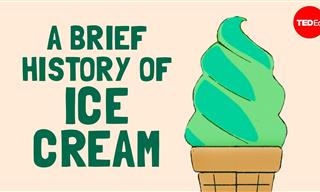 4:55
4:55
Flashback: Unfreezing Ice Cream's Delicious Origins
Did you know that even ancient civilizations had ice cream?

12 Misnomers That Have Been Fooling Us All Our Lives
The true stories behind 12 popular misleading misnomers are explained here.
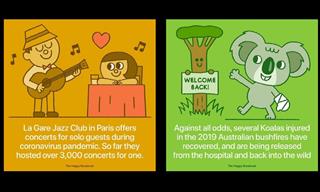
14 Positive Stories to Bring Some Cheer Amidst the Gloom
These positive news stories show that there are still things to smile about.
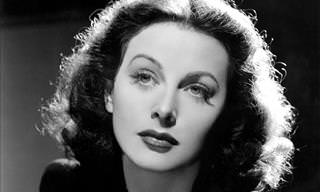
9 Extraordinary Women Who Beat Men at Their Own Games
These 9 women are among the most important names in history, but do you know their names and inspiring stories.
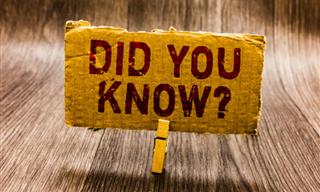
Bizarre But True: 15 Fascinating Facts That Surprised Us
These utterly amazing tidbits will leave you utterly amazed.
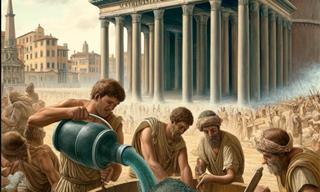
12 Ingenious Life Hacks from Ancient Civilizations
From advanced dental care to sustainable agriculture, these ancient life hacks demonstrate a blend of practicality and sophistication.
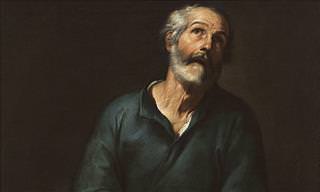
10 of the Most Interesting Popes in History
The papacy has been ongoing ever since the time of St. Peter, but some popes stand out as being more historically significant than others. Take a look.
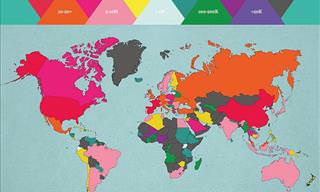
These Unique Maps Will Change Your Worldview
These maps show much more than just where a country is...
 3:25
3:25
Saxophone Magic: 15 Unforgettable Solos
These renditions of epic sax solos are just perfect.
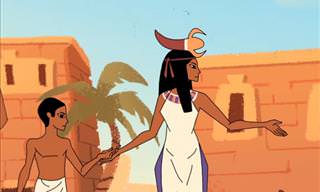 4:34
4:34
A Day in the Life of an Ancient Egyptian Doctor...
This video will show you what it was like to be a doctor in ancient Egypt.
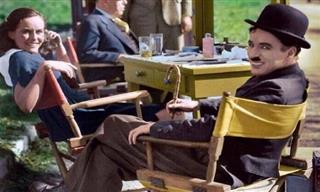
18 Historical Photos Brought to Life in Glorious Color!
These glorious photos show history in full color.
To enable your Ad-Free Subscription, please fill the fields below
Your subscription was successful, now you can enjoy an ad-free experience!!
Note: To make sure you get no ads, please make sure to log in to your account. If you are logged in already, then refresh the page. The subscription can be cancelled at any time.


